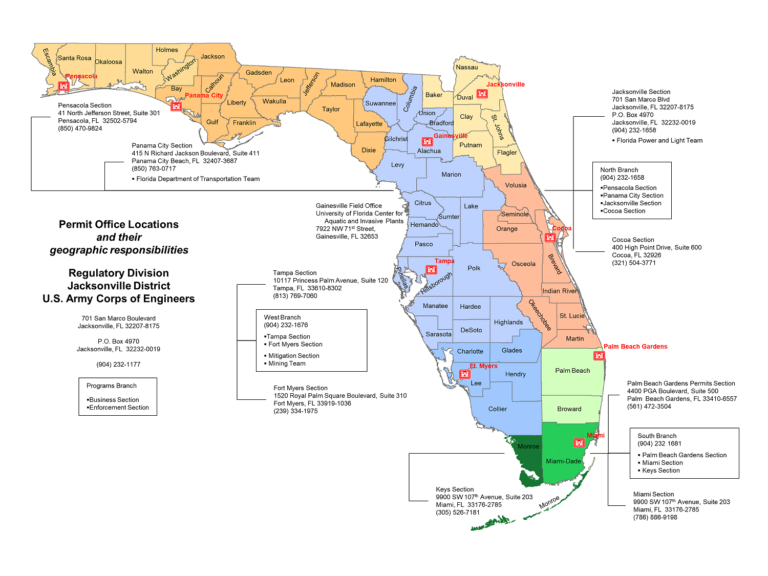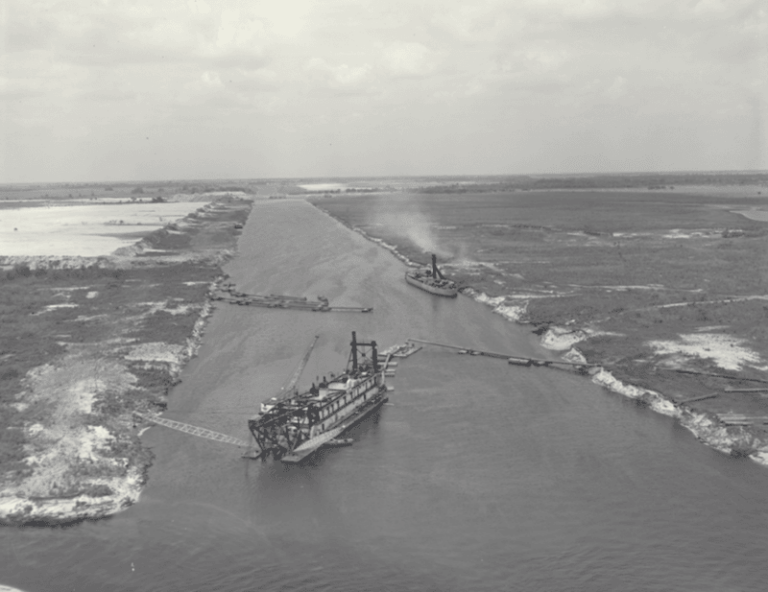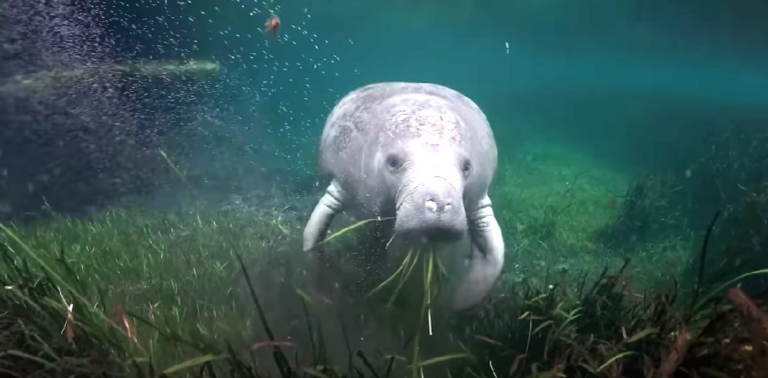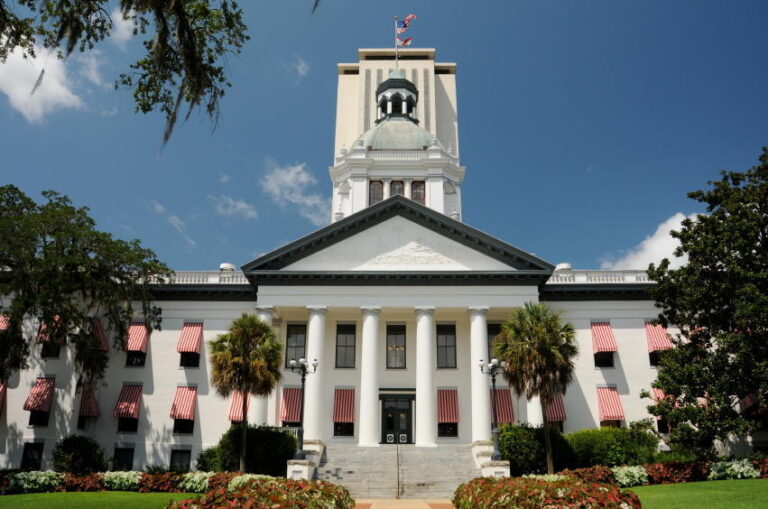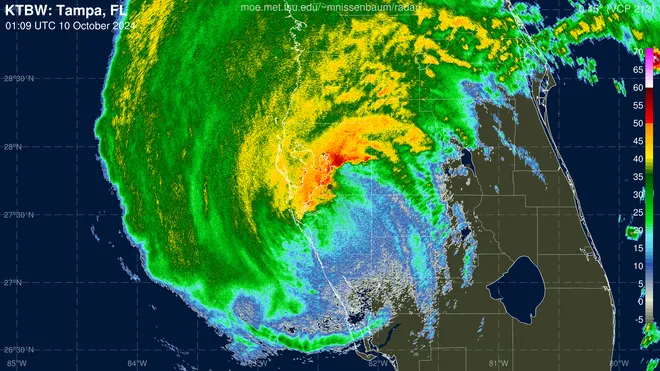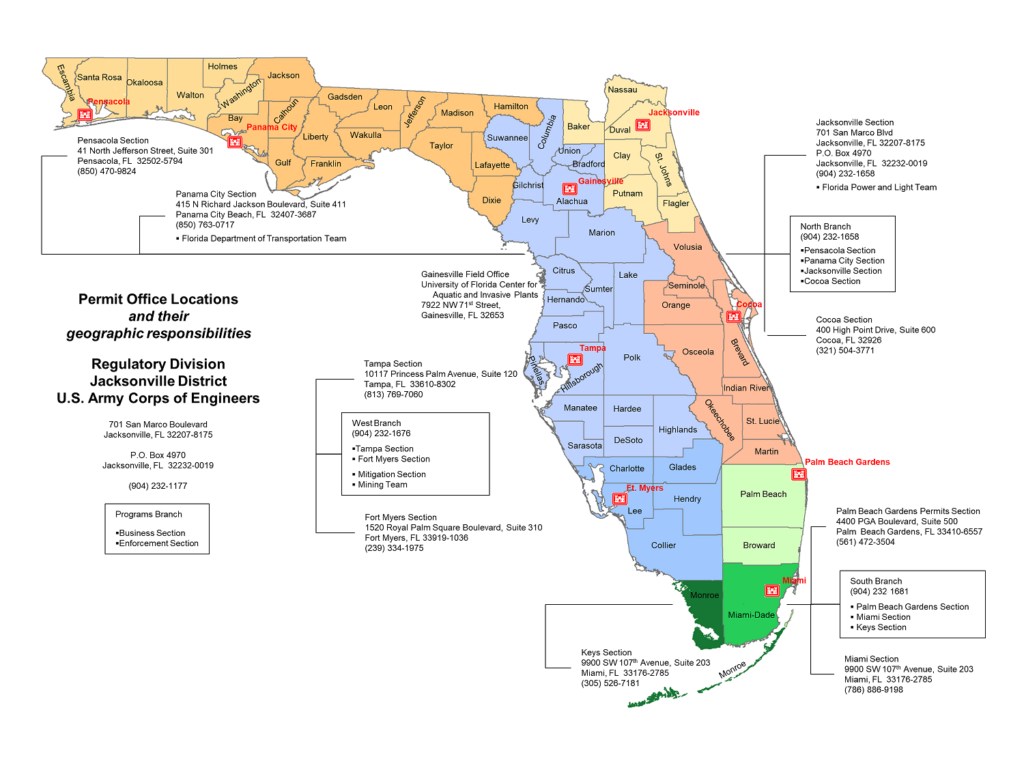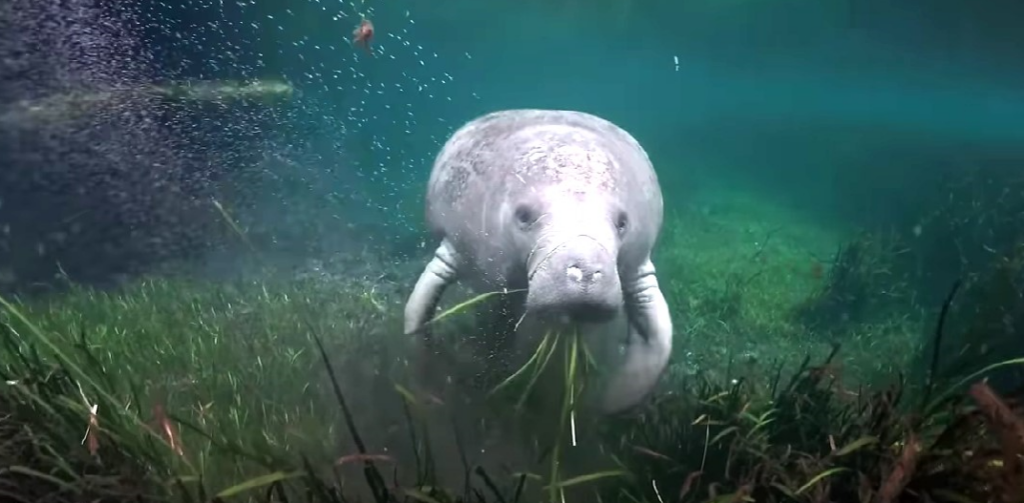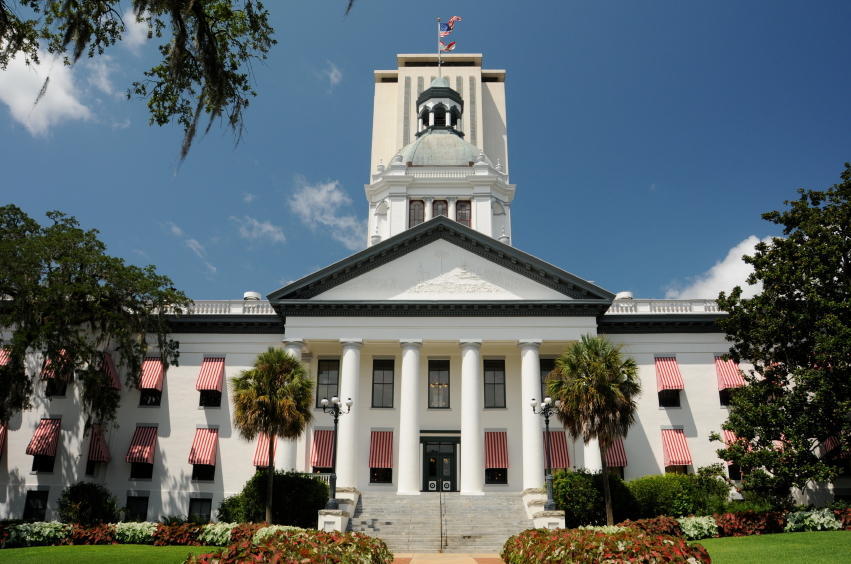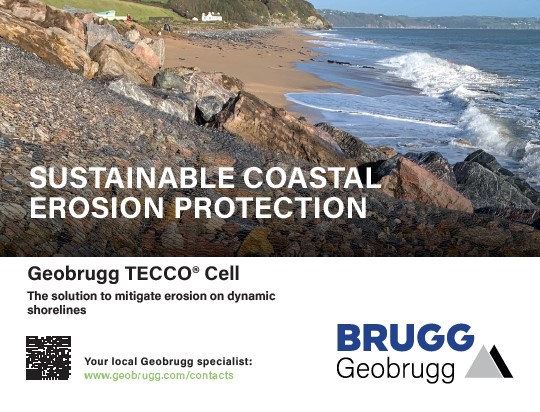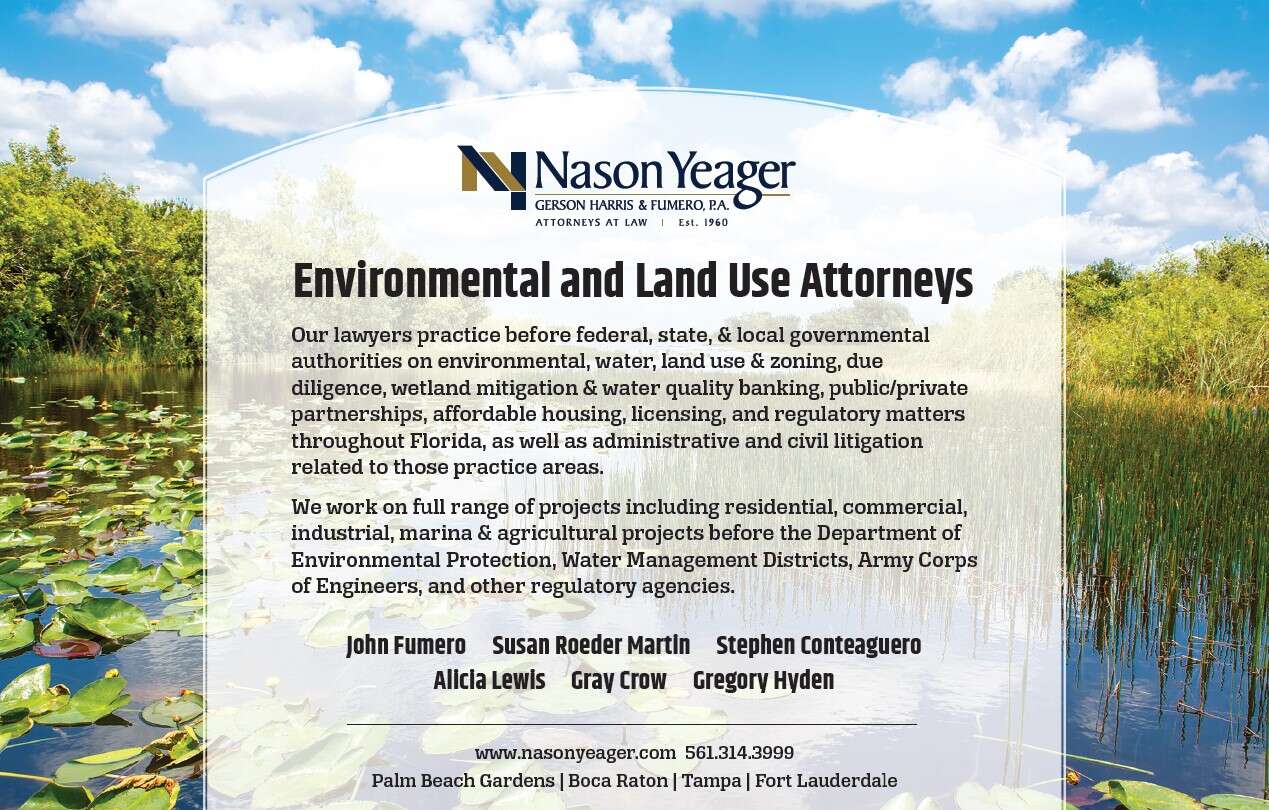By STAFF REPORTS
In the heart of North Florida, the Suwannee River Water Management District (SRWMD) is stewarding natural treasures with a dedication to safeguarding the delicate balance between conservation and flood protection. Through a comprehensive land management program, SRWMD employs various strategies, such as acquisition, timber harvests, prescribed fires, invasive treatment, rare species monitoring, and vegetation management to sustainably manage their lands.
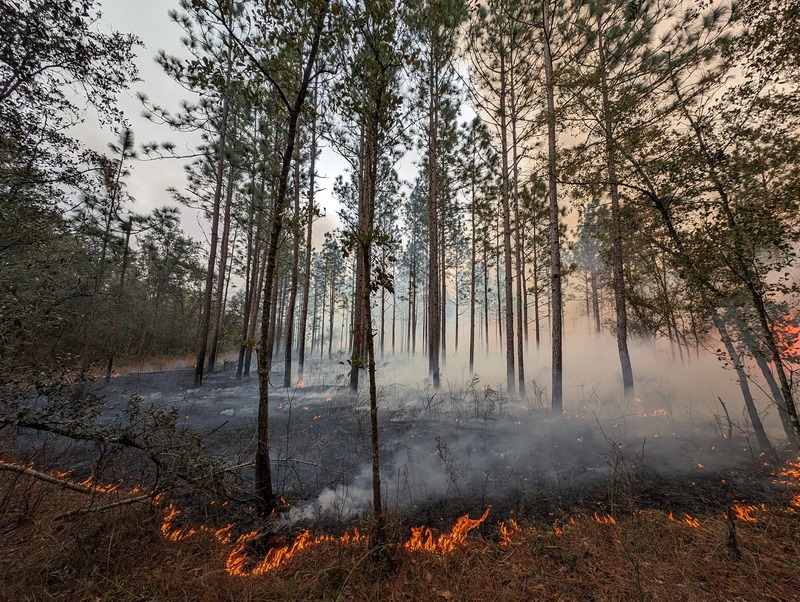
This multifaceted approach supports the preservation of vital ecosystems while mitigating flood risks for communities. As members of the SRWMD management team emphasize, this harmonious approach to land management is crucial for a resilient and sustainable future.
The Crucial Role of Conservation
Conservation lies at the core of SRWMD’s mission. The District’s 160,000-acre holdings are not only home to diverse ecosystems but also serve as buffers against flooding during heavy rainfall and storms. Conserving these lands also helps preserve important habitats such as wetlands and flatwoods and assist in ecological restoration.
“Our land management practices are deeply intertwined with our commitment to conservation,” said District Executive Director Hugh Thomas. “By maintaining healthy ecosystems, we create natural spaces that act as sponges during heavy rainfall, reducing the impact of flooding on both communities and natural habitats.”
Timber Harvests: A Sustainable Approach
Timber harvests, when conducted responsibly, can contribute to both conservation and flood protection efforts. SRWMD employs selective timber harvesting practices that mimic natural disturbances, ensuring the long-term health of forests. This approach not only supports local economies but also encourages forest regeneration, enhancing the land’s ability to store water and prevent erosion.
“Our timber harvesting practices adhere to rigorous sustainability standards,” said Lorna Radcliff, Land Management Chief. “By carefully selecting areas for harvest and replanting, we promote a healthy forest ecosystem that plays a vital role in water retention and flood prevention.”
Prescribed Fire: Nurturing Ecosystems
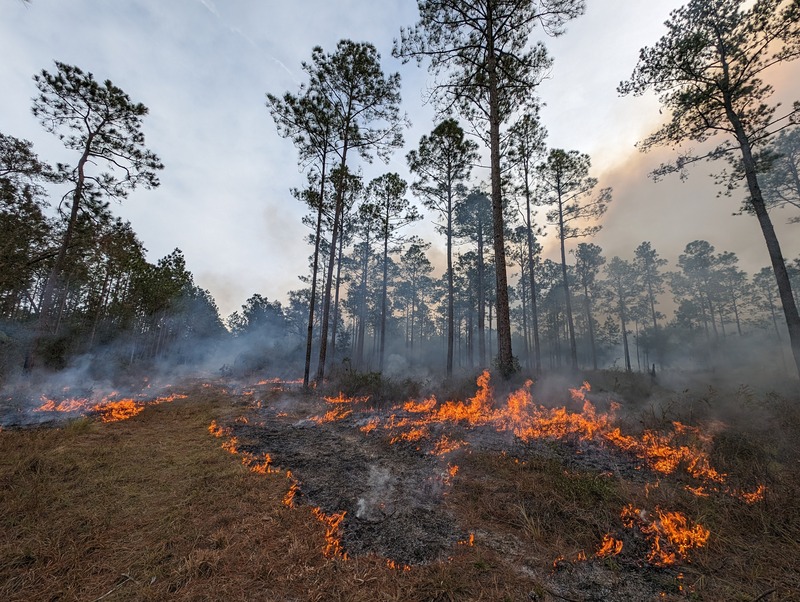
Prescribed fires are a critical tool in SRWMD’s land management arsenal. These controlled burns mimic natural fire regimes, reducing the buildup of flammable vegetation and invigorating ecosystems. By restoring the balance of fire-adapted landscapes, SRWMD not only fosters biodiversity but also creates firebreaks that inhibit the spread of wildfires, ultimately protecting nearby communities.
On average, the District burns an average of 8,000 to 10,000 acres per year, depending on conditions.
Radcliff affirms that, “Prescribed fires are a testament to our commitment to ecological health and community safety. These fires are carefully planned and executed to ensure that our lands remain resilient, while also preventing catastrophic wildfires that can threaten lives and property.”
Vegetation Management: A Comprehensive Approach
Effective vegetation management is crucial for flood protection. On thousands of acres each year, SRWMD employs techniques such as planting native vegetation, removing invasive exotic species, and controlling vegetation to improve natural communities while enhancing the land’s capacity to retain water and mitigate flood risks. These efforts are designed to maintain the delicate balance between water storage and flow regulation.
“Our vegetation management strategies are driven by the need to create natural buffers that slow down and retain excess water during heavy rainfall events,” Radcliff said. “This approach is essential for reducing the likelihood and impact of floods in vulnerable areas.”
Lands owned and managed by SRWMD provide habitat for numerous plant and animal species, including several rare and imperiled species. During the course of land management activities, it’s important to know how these activities affect the native, natural communities. The District is committed to actively monitoring several populations of imperiled biota in order to track population response to land management activities.
Challenges and Ongoing Commitment
The path to harmonizing conservation and flood protection is not without challenges. Balancing the needs of diverse ecosystems while safeguarding communities requires adaptive strategies and continuous innovation. SRWMD’s management team is keenly aware of these challenges and remains committed to refining their land management practices in response to evolving circumstances.
“Adapting to changing conditions is a cornerstone of our mission,” Thomas said. “We are investing in research, partnering with experts, and leveraging cutting-edge technologies to refine our land management practices. This dedication ensures that our strategies remain effective in the face of emerging challenges.”
The Suwannee River Water Management District’s integrated approach to land management is a testament to their commitment to conservation and flood protection. Through sustainable timber harvests, prescribed fires, and comprehensive vegetation management, SRWMD demonstrates that a harmonious coexistence between humans and nature is possible. As the management team underscores, this approach not only safeguards the environment but also contributes to the well-being of communities and the resilience of the region. By nurturing their lands today, SRWMD is forging a path toward a more sustainable and flood-resilient future for generations to come.


